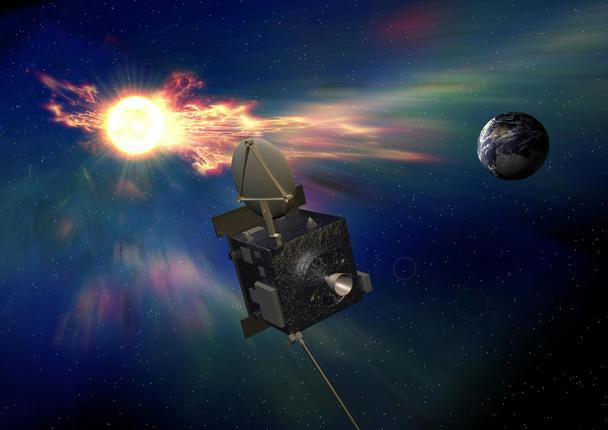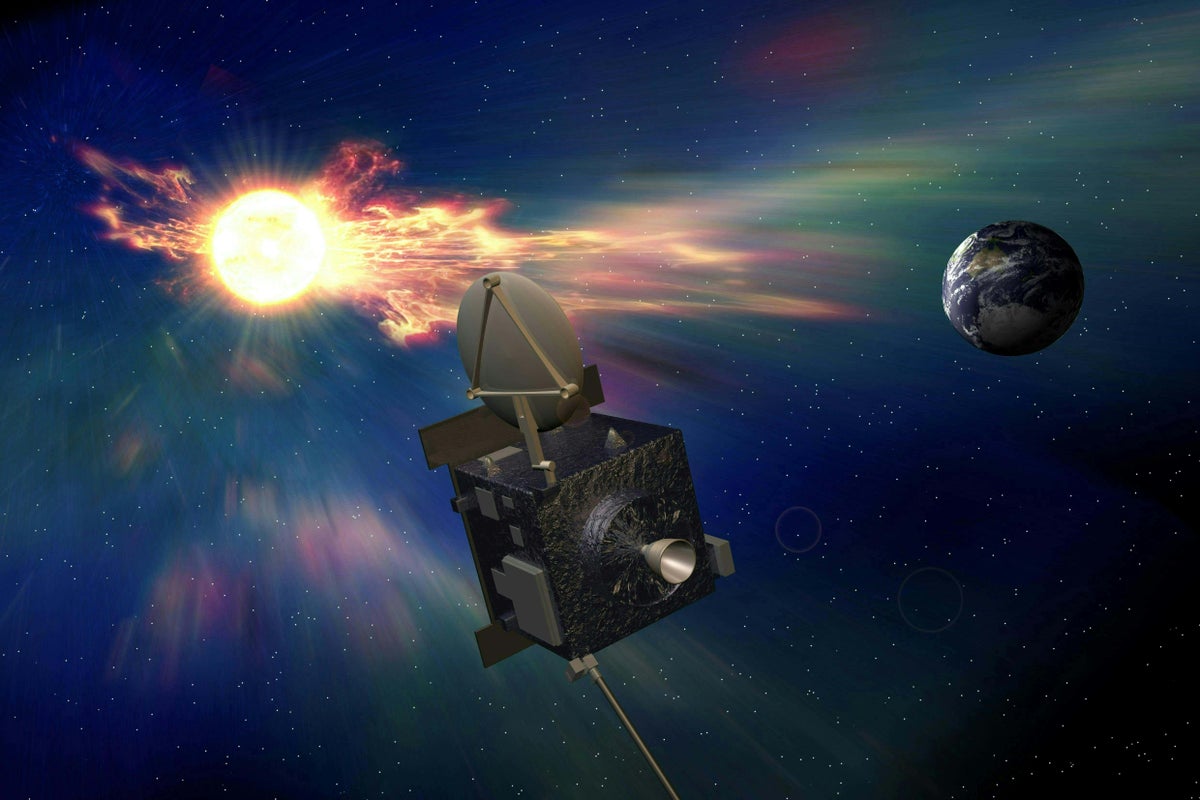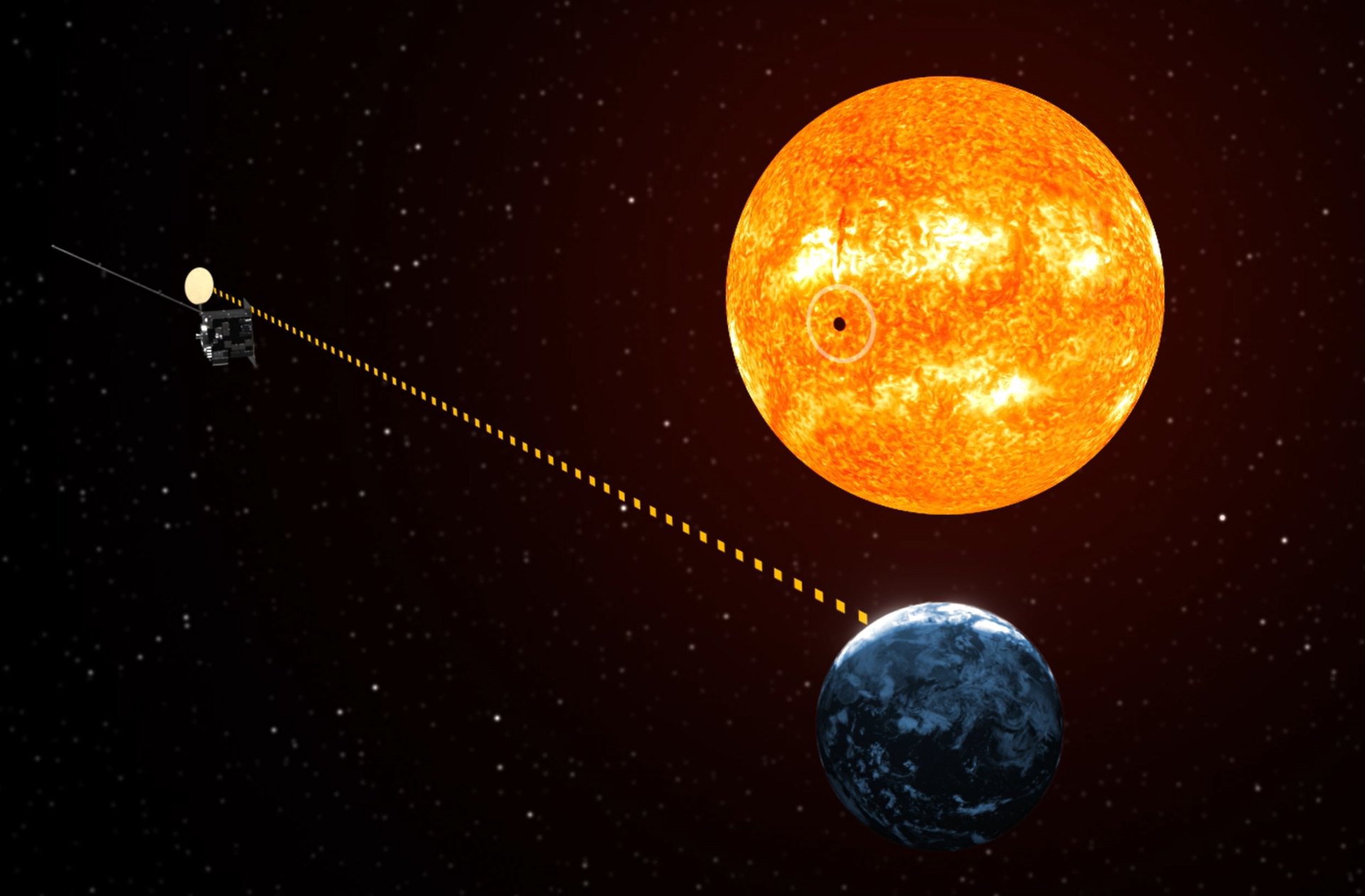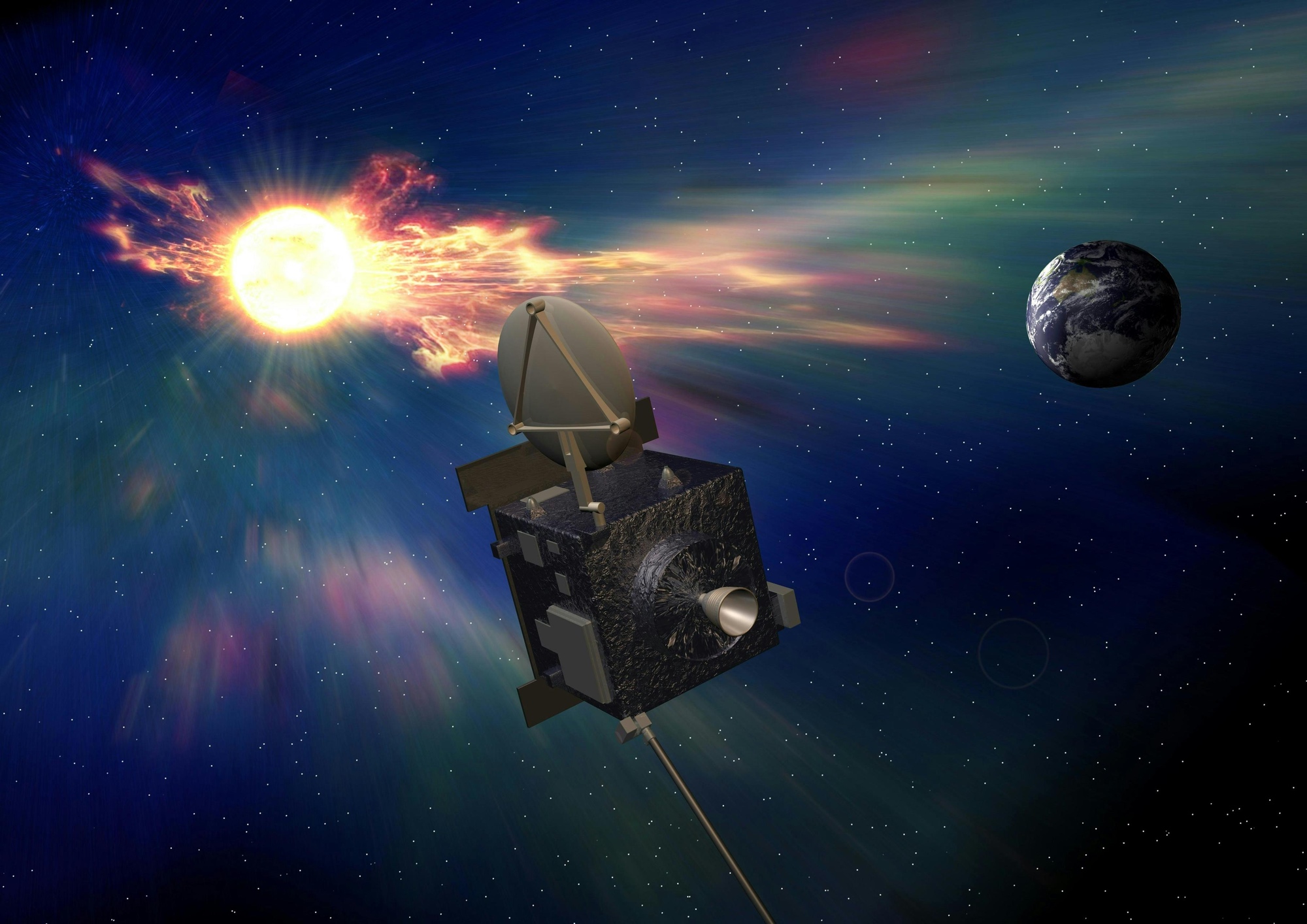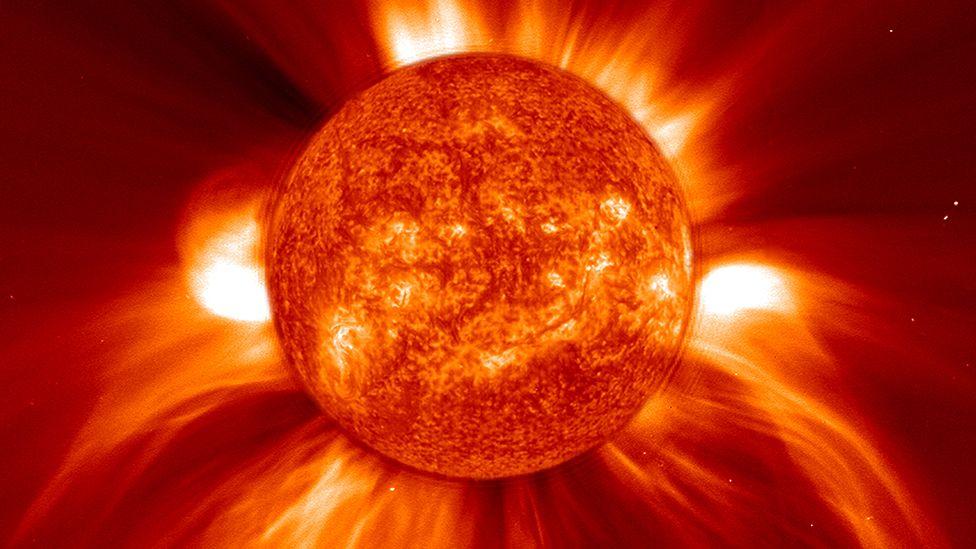ESA Selects Airbus for Groundbreaking Space Weather Satellite Mission
On May 22, 2024, Airbus was chosen by the European Space Agency (ESA) to develop and construct the innovative space weather forecasting satellite Vigil. This significant mission marks the inaugural operational project in ESA’s Space Situational Awareness Space Safety Programme (S2P). The primary objective of Vigil is to provide crucial advanced notice to Earth regarding impending solar storms and coronal mass ejections that have the potential to disrupt satellites in orbit and electronic systems on Earth. Patrick Wood, Head of Space Systems UK at Airbus Defence and Space, expressed enthusiasm for the mission, emphasizing the importance of enhancing our comprehension of solar activity and the ability to provide early warnings and precise alerts. The Vigil spacecraft will play a pivotal role in transforming our understanding of space weather and its impact on our increasingly technology-dependent way of life.
Preventing Potential Disruptions: The Significance of ESA’s Vigil Mission
With the imminent launch of Vigil in 2031, Europe is set to have its first fully operational 24/7 space weather satellite, stationed at Lagrange point L5. This strategic location will allow Vigil to closely monitor solar activity and provide valuable insights into potentially dangerous solar events. By offering advanced warnings of solar winds and coronal mass ejections, Vigil aims to protect critical infrastructure such as power grids, communication networks, and satellites in Earth’s orbit. The spacecraft’s innovative instruments, including a compact coronagraph, heliographic imager, and plasma analyser, will ensure high-quality scientific measurements and reliable data transmission for effective space weather forecasting.
Collaborative Efforts in Space Exploration: The Future of ESA’s Vigil Mission
Supported by the UK Space Agency and various member states of ESA, the Vigil mission represents a significant milestone in international collaboration for space exploration. With contributions from renowned institutions such as the U.S. Naval Research Laboratory, Leonardo SpA, and Max Planck Institute, Vigil’s cutting-edge technology and scientific capabilities are set to revolutionize space weather monitoring. As the spacecraft prepares to launch in 2031, the world eagerly anticipates the valuable insights and enhanced forecasting capabilities that Vigil will bring, shaping the future of space exploration and safeguarding our technological infrastructure.
